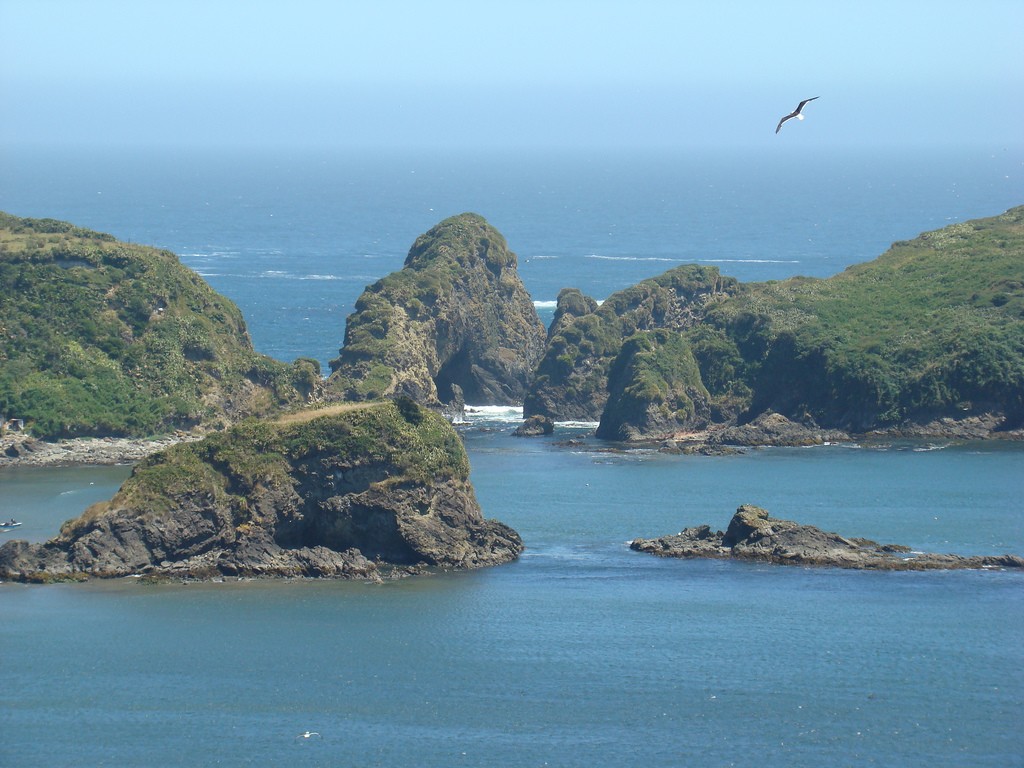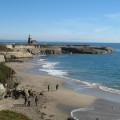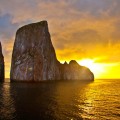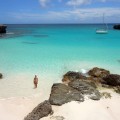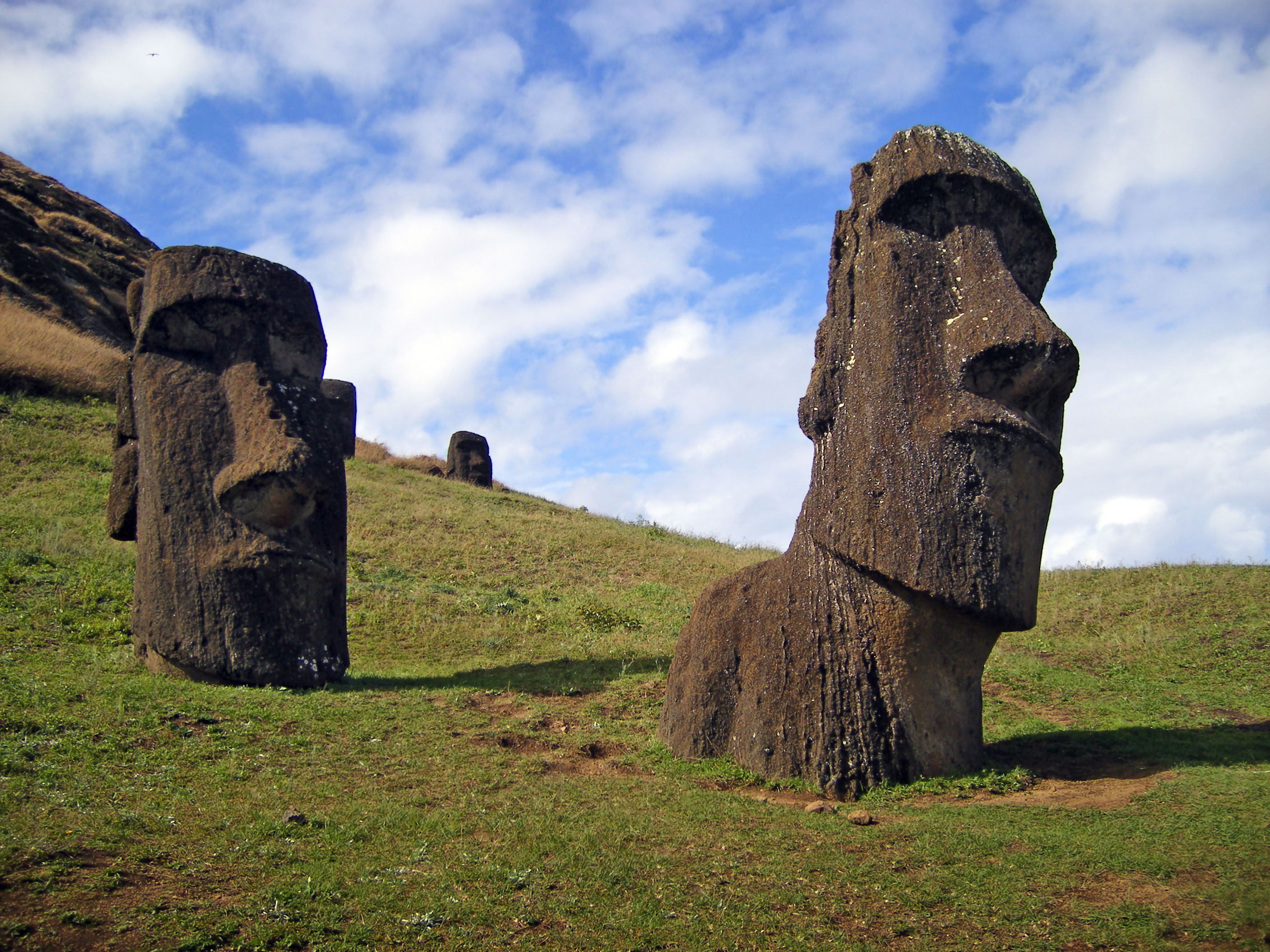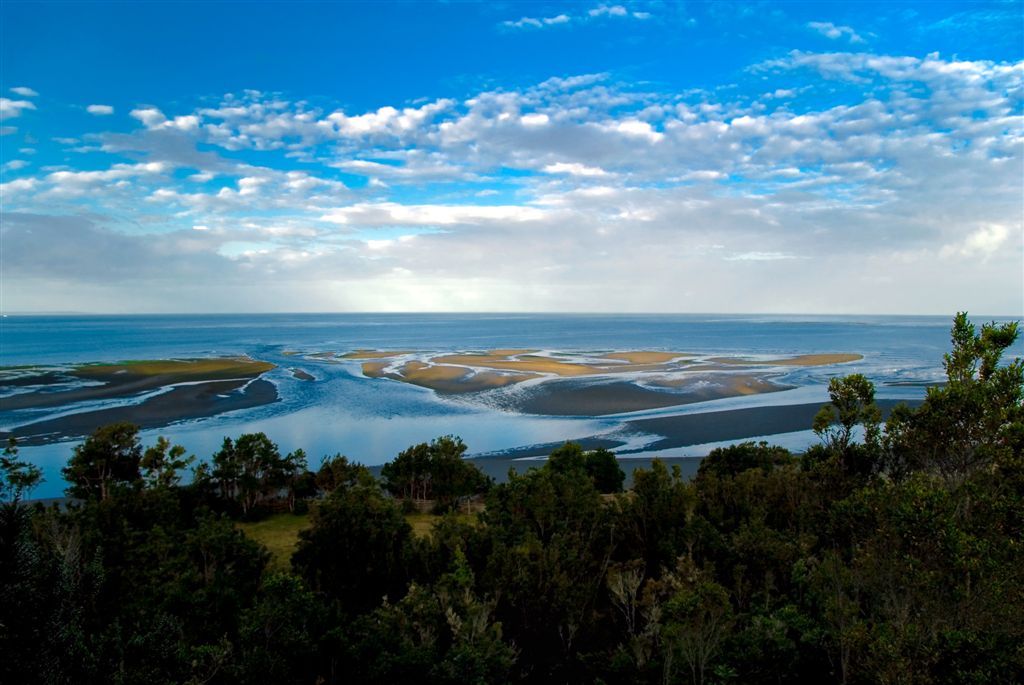
Chiloé island is a part of a mountain range that sank below the waves following the last Ice Age – is a haven of rural tranquillity. The main island, Isla Grande, is South America’s second largest island. Sliced in half lengthways by the Panamericana, it connects the two main towns, Ancud and Castro, with the port of Quellón and is easily explored by bike, car or bus.
The densely forested Parque Nacional Chiloé and Parque Tantauco offer great opportunities to explore unique Chilote wilderness, while coastal villages and islands off Isla Grande’s east coast – the most accessible being Isla Quinchao and Isla Lemuy – provide glimpses into traditional Chilote life. 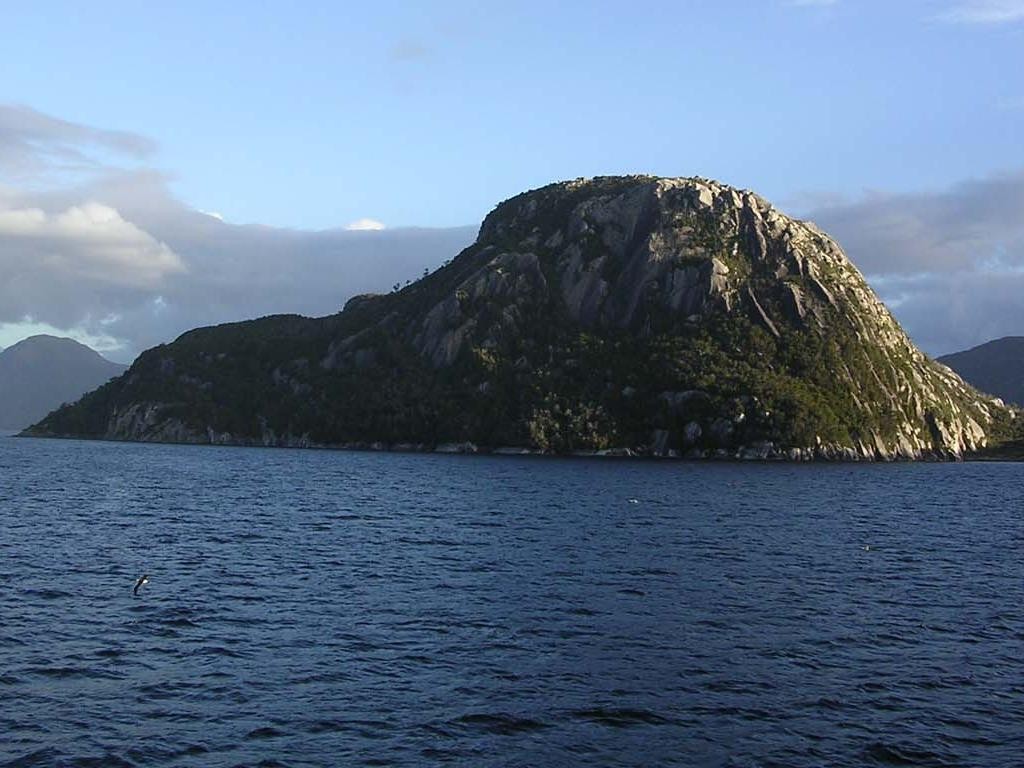
Chiloé was originally populated by the native Chonos and Huilliche, who eked out a living from fishing and farming before the Spanish took possession of the island in 1567. For over three hundred years, Chiloé was isolated from mainland Chile owing to the fierce resistance of the mainland Mapuche to European colonists. As a result, the slow pace of island life saw little change. Ancud, in fact, was the last stronghold of the Spanish empire during the wars of Independence, before the final defeat by pro-independence forces in 1826. In spite of being used as a stopover during the California Gold Rush, Chiloé remained relatively isolated until the end of the twentieth century, though now it draws scores of visitors with its unique blend of architecture, cuisine and famous myths and legends.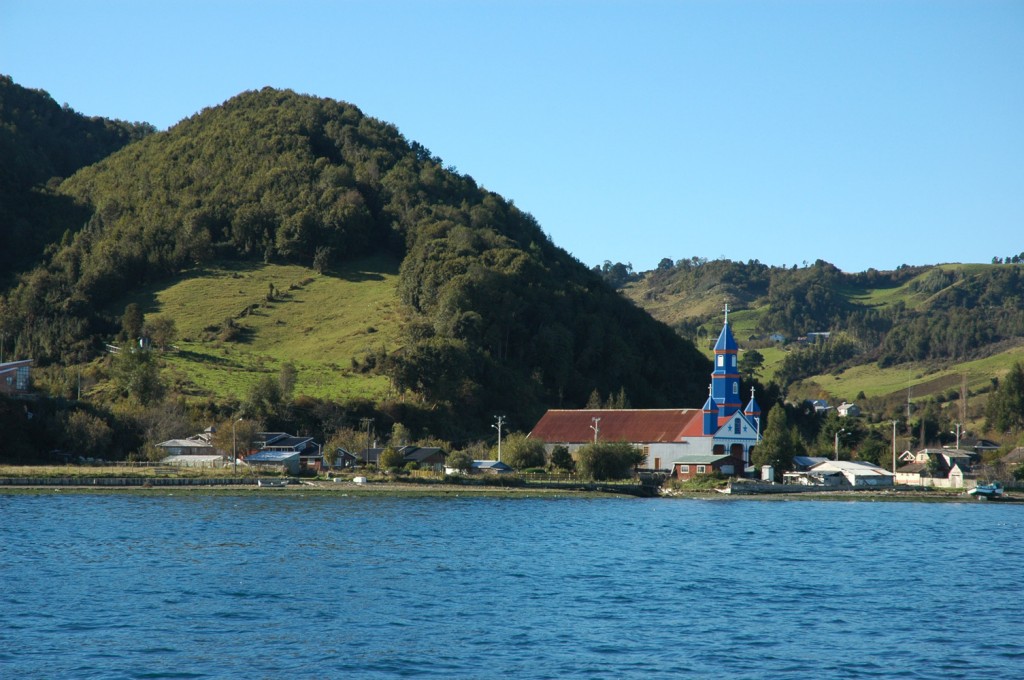
More than 150 eighteenth- and nineteenth-century wooden churches and chapels dot the land. Chiloé island is also one of the few places in the country where you can still see palafitos, precarious but picturesque timber houses on stilts, which were once the traditional dwellings of most of the fishermen of southern Chile. Much of the old culture has been preserved, assimilated into Hispanic tradition by a profound mixing of the Spanish and indigenous cultures that occurred here more than in other parts of South America, making today’s Chiloé more “pagan Catholic” than Roman Catholic.